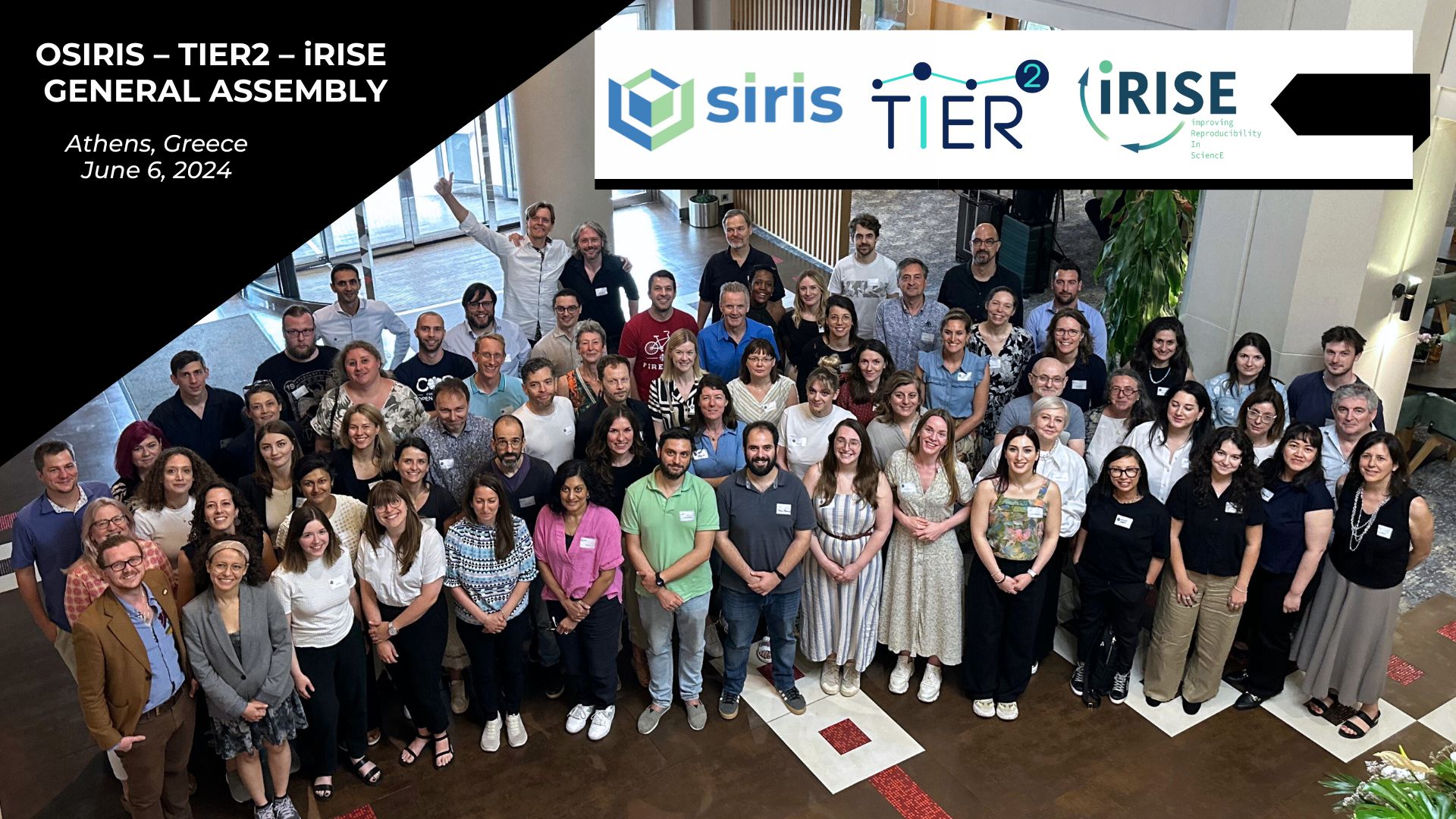
What do Open Science, Reproducibility & tripartite collaborations have in common?
This question was answered on June 6th after the 8th World Conference on Research Integrity (WCRI), at the OSIRIS-TIER2–iRISE general assembly in Athens, Greece.
This landmark event not only showcased the extraordinary three-way partnership between these three Horizon-funded projects tailored to champion Open Science but it also set the scene to update, reflect and strategize on the way forward for continued collaborative efforts showcasing and utilizing the synergies and uniqueness of each project.
The event was filled with highlights and key moments that further strengthened the work within the tripartite collaborations.
A keynote speech to remember!
Kicking off with the keynote speaker Malcolm Macleod of the University of Edinburgh who delivered a thought-provoking speech on ‘The Reproducibility Movement: Achievements, Opportunities and Challenges‘ (find the slides here). During his speech, he presented his observations on why he thinks reproducibility is important, reflected on progress so far in efforts to improve the reproducibility, the value, the provenance of research claims, and considered opportunities to accelerate progress. This inspiring speech ended with some of his candid reflections on how we might aspire to do things better in the future.
Getting down to business!
The day continued with key updates and plenary sessions in the form of strategic presentations from expert panellists of each of the partner projects, each followed by a Q&A. The topics covered were tailored to the synergies and collaborative path of the partnership.
Session 1: Meanings, definitions, and relevance of reproducibility – panellists: Sven Ulpts (TIER2), Inge Stegemann (OSIRIS), Rachel Heyard (iRISE).
During this session, the panellists covered various key points that set the stage for the general assembly, including establishing the relevance and feasibility of ‘reproducibility’ across different disciplines, the definitions and glossaries of reproducibility and implications for research on reproducibility. A key takeaway from this session was the introduction of the iRISE’s living glossary, which provides working definitions for the use of the terms reproducibility, replicability, and replication. This session also guided us in navigating through conceptual confusion surrounding reproducibility and replication terminology – including encouraging and aiding in thinking and diversity through TIER2’s presentation analytical framework that supports epistemic diversity by examining the potential relevance and degree of feasibility of reproducibility for different modes of knowledge production.
Session 2: Evidence on improving reproducibility – the state-of-play – panellists: Tony Ross-Hellauer (TIER2), Kaitlyn Hair (iRISE), Mariska Leeflang (OSIRIS).
This session provided updates on the interventions that have and have not been investigated, what works, in which contexts and what gaps are in the literature, as well as the way forward in our joint efforts in assessing interventions to improve reproducibility. A highlight of this session was the presentation of the joint efforts to conduct a scoping review that assesses which interventions have been formally tested for their effectiveness in improving reproducibility.
Session 3: Testing interventions to improve reproducibility – panellists: Joeri Tijdink/Thanasis (TIER2), Vergoulis, Florian Naudet (OSIRIS), Kim Wever (iRISE).
The third session was tailored to highlight what evidence we are generating, our methods and core outcomes, the challenges around this work and lessons learned thus far. This showcased the four interventions iRISE will conduct, those that OSIRIS will conduct tailored to institutions, journals, and funders and the eight TIER2 pilot activities to develop, implement, and evaluate new tools and practices. The third session was also highlighted by an interactive breakout session where the general assembly stakeholders were divided into focus groups connected to researchers, funders, or publishers to brainstorm, further provide insights and develop actionable undertakings for the tripartite partnership.
Success in Collaboration
Ending the general assembly with a bang! After the sessions and of course, a coffee break to mingle, make connections, interact or simply place names to faces, (after all, it’s not often that three major consortia meet in person) we delved into the final event of the day, an engaging and interactive panel discussion comprised of key stakeholders including policy officers (represented by: Pantelis Tziveloglou, policy officer – EC), funders (represented by: Shai Silberberg, funder- NIH), Universities (represented by: Tamarinde Haven, researcher – Tilburg University) and publishers (represented by: Catriona MacCallum, publisher – Wiley).
As the saying goes ‘If you focus first on doing something well, success is soon to follow’. This was the unspoken mantra of this panel discussion as its objective was to hone in on how to improve collaboration on reproducibility among stakeholders, how to facilitate greater evidence-based policymaking and the evaluation of efficacy/impact of interventions, and which mechanisms are needed to boost cross-stakeholder collaboration in planning, conducting and assessing reforms, all of which are key to achieving our collective goals in championing Open Science and reproducibility.
Watch our video recap of the OSIRIS-TIER2-iRISE tripartite partnership general assembly:
Stay tuned for updates on other OSIRIS activities! Visit our website to read our blogs and events section and follow us on social media to discover what’s new and how you can get involved!
OSIRIS “Creating Trust in Open Science & Reproducibility through Accessibility and Transparency!”
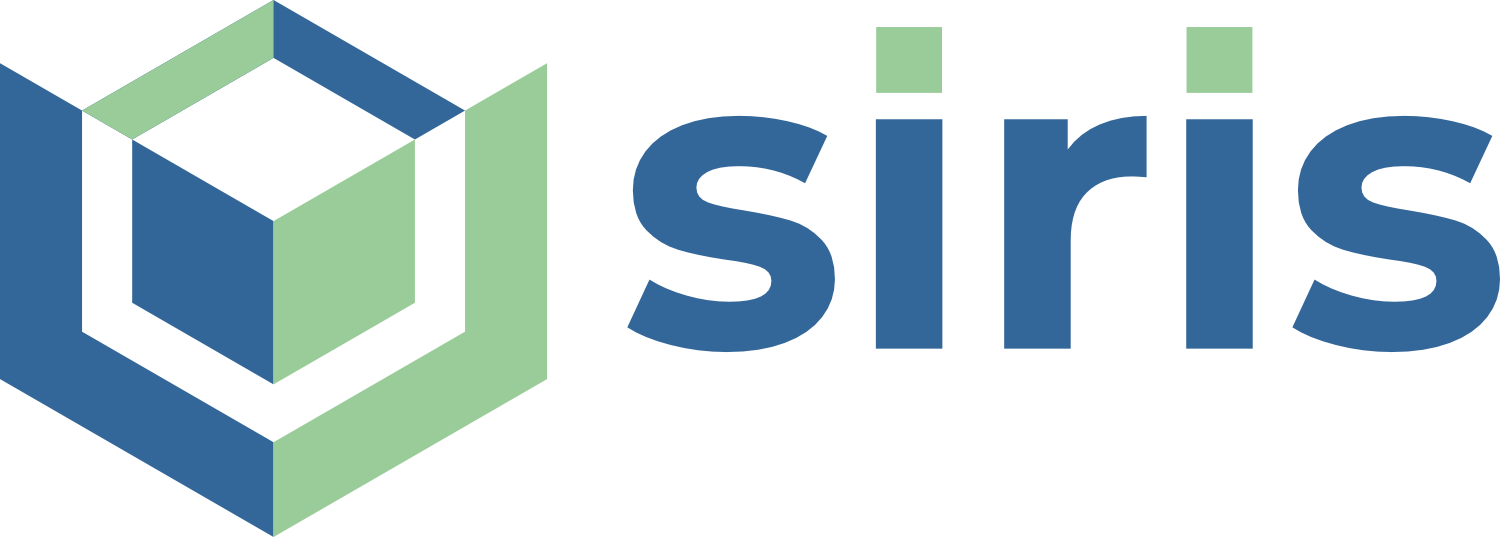
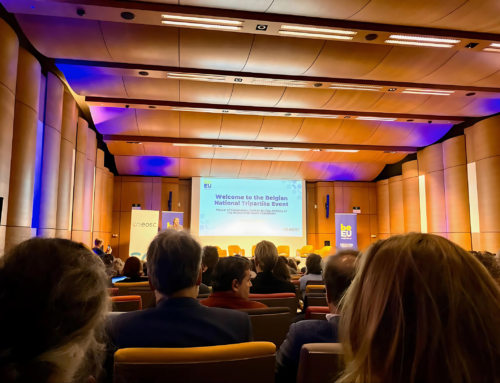

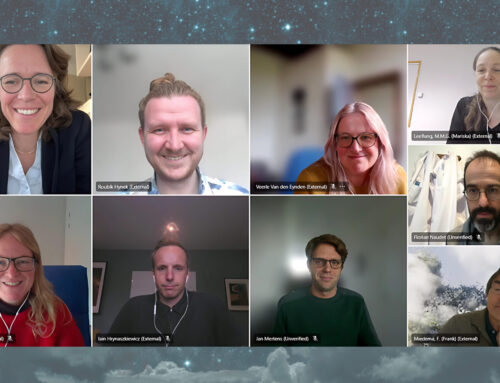
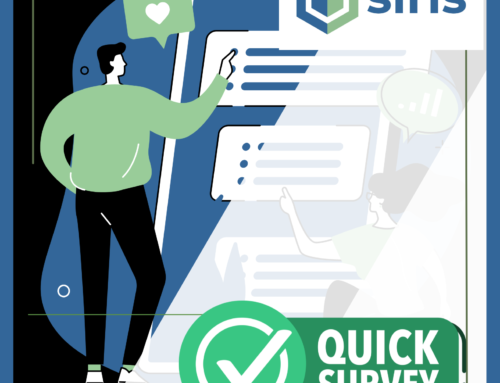



Keep In Touch